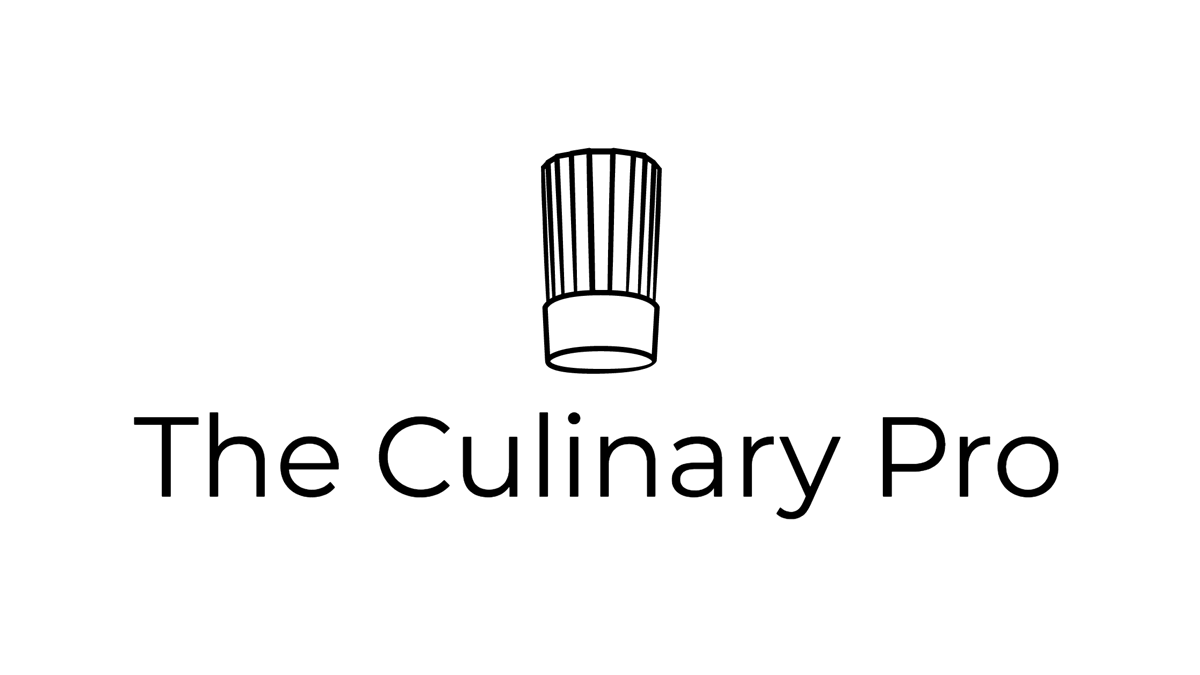American Regional
New England
The influences of New England begin first with the Pilgrims and then shortly after the Puritans from England during the 17th century, who settled in Massachusetts bringing European traditions and melding them with indigenous ingredients. Irish immigrants arrived during the potatoes famine of the 1840’s and 1850’s. Caribbean influences were also felt from goods supplied through the “triangle trade” slave routes during the in the 17th and 18th centuries.
Cooking of the South - Barbecue & beyond
Southern American cooking, comprising Virginia, the Carolinas, Georgia, Mississippi, Tennessee, Alabama, and Missouri, is influenced by Europe (England, Ireland, Scotland, Germany and France), Africa, and Indigenous American cultures. Pork, including cured ham, fried chicken and catfish, and chicken-fried steak are signature dishes of the south. Deep pit barbecue traditions are found throughout the region served with regional sauces including Carolina Gold sauces with mustard, Kansas City sauces with tomato, and Memphis style sauces with paprika. Other foods commonly served include fried chicken, biscuits and gravy, grits, fried green tomatoes, and succotash. Peas, beans, corn, okra, and watermelon are some of the fresh produce used in southern cooking.
Louisiana, New Orleans, Cajun and Creole
Louisiana Creole and Cajun cuisine shares some southern American cooking traditions, but because of strong French and Spanish influences during the 18th century it is a distinct region. Creole cooking, considered the sophisticated city food of New Orleans, is a unique blend of French, Spanish, African slave cooking (along with Italian, German, Caribbean, and Portuguese), and Indigenous American ingredients. Cajun cooking was established by French Acadians expelled from Canada who settled in the Louisiana Bayou region. Considered country cooking, Cajun is more rustic and based on a blend of pork (Tasso ham, Andouille and boudin sausages) with seafood (crawfish and shrimp) from the Gulf of Mexico. The “Holy Trinity” flavor base of onions, celery and bell peppers, along with garlic, is used in both styles of cooking. Tomatoes are generally found in Creole cooking and not as much in Cajun. Both cuisines use roux but Creole cooking uses butter, while Cajun cuisine incorporates oil for a darker colored roux. Paprika, thyme, filé (ground sassafras leaves), parsley, oregano, and cayenne are Cajun seasonings, while Creole cuisine often uses a wider variety of spices including onion powder, garlic powder, oregano, basil, thyme, black pepper, white pepper, cayenne, celery seed, and paprika. Creole cuisine uses more butter and cream that Cajun cuisine.
Classic creole dishes include Gumbo, a stew derived from the West African word for okra, consisting of the trinity mirepoix, dark roux or tomatoes, along with poultry or seafood, sausages, okra, and filé powder. There are many variations of gumbos, some without okra or file, while Gumbo z'herbes
is made from a variety of greens including mustard, turnips, and spinach. Jambalaya is a rice dish flavored with trinity vegetables, ham, sausages, and sometimes chicken or seafood. Creole Red jambalaya uses tomatoes, while brown jambalaya uses a brown roux with tasso ham in keeping with its Cajun roots. Rice and beans is a staple dish in both cuisines. Other typical Creole dishes include Shrimp Creole and Oysters Rockefeller, while Cajun classics include crawfish etouffée and the crawfish boil.
Tex Mex & the Southwest
West Coast - California, Washington, & Oregon
The cuisine of the Pacific Region of the United States can be described as a fusion of cultures, climate, and geography, personified by organically raised meats, fresh herbs, vegetables, and fruits. Fresh fish and seafood is harvested all along the coast, and the region produces a majority of the wine consumed in the United States. Influences include Indigenous American, Mexican, Spanish, Asian, French, and Italian.
The states along the Pacific Rim of the United States, California, Oregon, and Washington, share a 1300-mile coastline. The climate to the south is very Mediterranean-like while farther north the cooler ocean provides an abundance of fish and seafood including salmon, sea bass, crabs, clams, mussels, and oysters. Inland California valleys provide fresh produce, including fruits, vegetables, and nuts. The Salinas Valley in California is known as the “salad bowl of the world”. The state is also the largest dairy producer in the United States and is well known for their unique cheeses. There is also a tradition of raising pastured animals including beef, chickens, goats, and lamb.
Mexican influences are strong in Southern California, while in the Pacific Northwest Asian and Indigenous influences are felt. The Pacific Northwest region has a large oyster cultivation industry and preparations include barbecued, fried, baked, or served raw in the shell. Washington and Oregon are major producers of apples, pears, peaches, and cherries. Mushrooms are found in forested areas and cultivated varieties include chanterelles, shiitakes, and matsutakes. Walla Walla, an inland area of Washington, is known for sweet onions. The Indigenous American technique of plank roasted salmon is n the Pacific Northwest where is commonly prepared. The San Francisco Bay area has a strong Asian influence and is home to Japantown, Chinatown, and Little Saigon with many ethnic restaurants serving classic or contemporary fusions of Chinese, Japanese, Vietnamese and Thai cooking.





